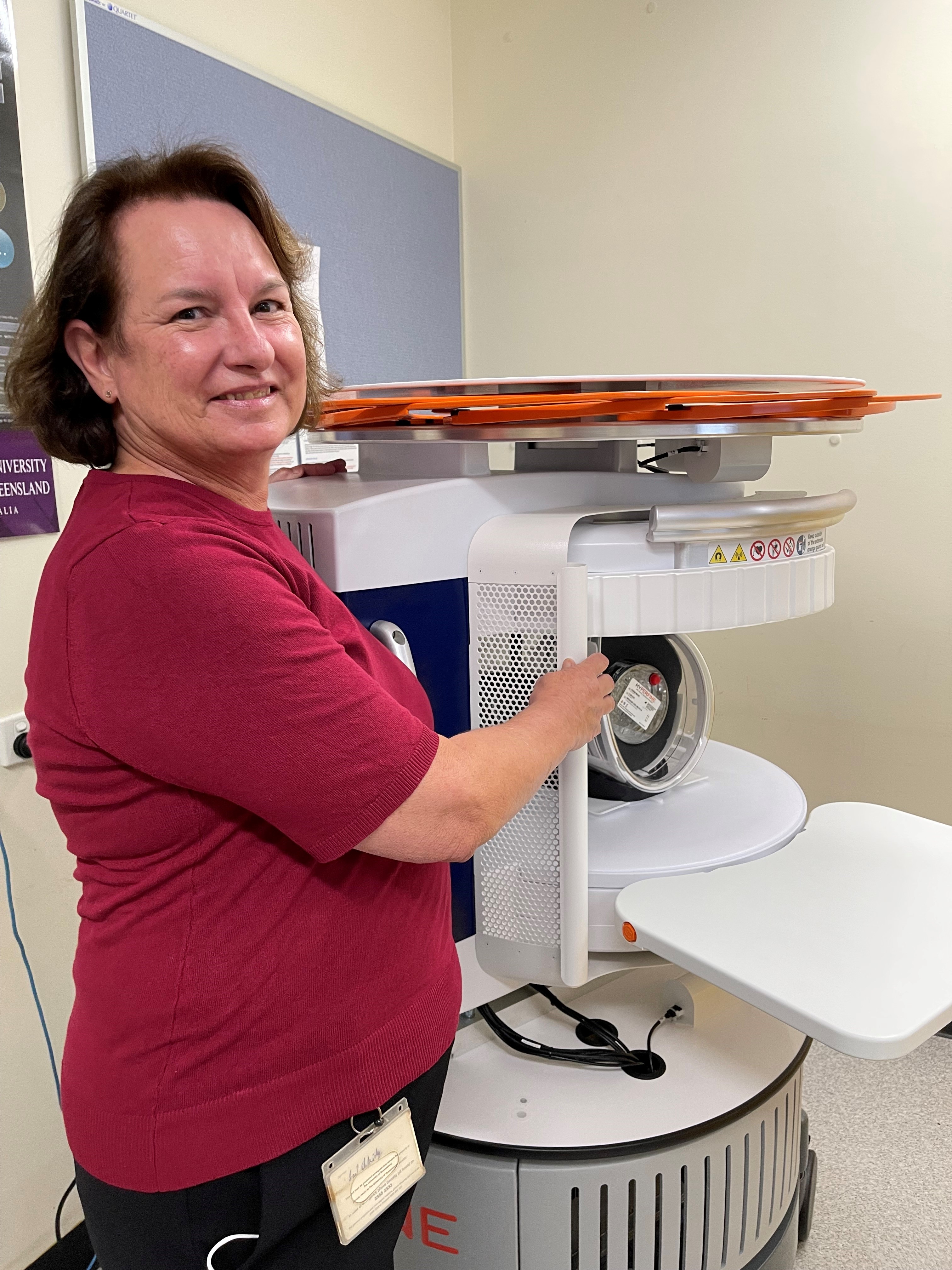A Paradigm Shift in Imaging Technology
HIRF houses state-of-the-art imaging equipment. With its six systems and technical support, the Herston Imaging Research Facility (HIRF) has the potential to revolutionise patient care. It supports a broad range of biomedical research projects.

3-Tesla Magnetic Resonance Imaging Scanner (3T MRI)
Siemens Magnetom 3T Prisma
As one of only a few in Australia, the 3T MRI delivers the capacity to conduct cutting-edge neuroimaging research.

Positron Emission Tomography/Magnetic Imaging Resonance Scanner (PET/MRI)
Siemens Biograph mMR
The ground-breaking PET/MRI Scanner is one of a few of its kind in Australia.

Positron Emission Tomography/Computed Tomography Scanner (PET/CT)
Siemens Biograph mCT FLOW
The PET/CT Scanner provides details of disorders at a molecular level (PET) and a detailed image of the body’s anatomy (CT).

Ultrasound
Siemens Acuson 3000
HIRF is equipped with a high-performance Siemens/Acuson S3000 ultrasound scanner.

VECTRA WB360
VECTRA WB360
The Canfield VECTRA whole body 360 is a full surface imaging system designed to provide a 3D digital avatar of the skin.
What is Special About HIRF's Scanners?
The scanners are different from those normally used for diagnostic imaging of patients because each is a hybrid, combining two scanning modalities within a single machine. This enables the scanners to capture detailed anatomical images along with molecular and functional processes occurring within the body to help researchers improve their understanding of disease and quickly determine whether treatments are effective.
For example, in cancer research, the scanners will locate a tumor within the body and give biological information about the cancer to improve diagnosis, optimise treatment planning and monitor whether therapy is working. In the case of neurological diseases such as dementia or mental illnesses such as schizophrenia, the scanners will enable detailed studies of brain structure and function, along with key pathological information relating to amyloid, tau accumulation and other receptor-mediated processes.
Ancillary MR-compatible equipment is also available to allow cutting-edge functional imaging in neurological research. See here for a list.
For more information download our brochure.
See our scanners
Enjoy this virtual walkthrough of the HIRF research unit.

